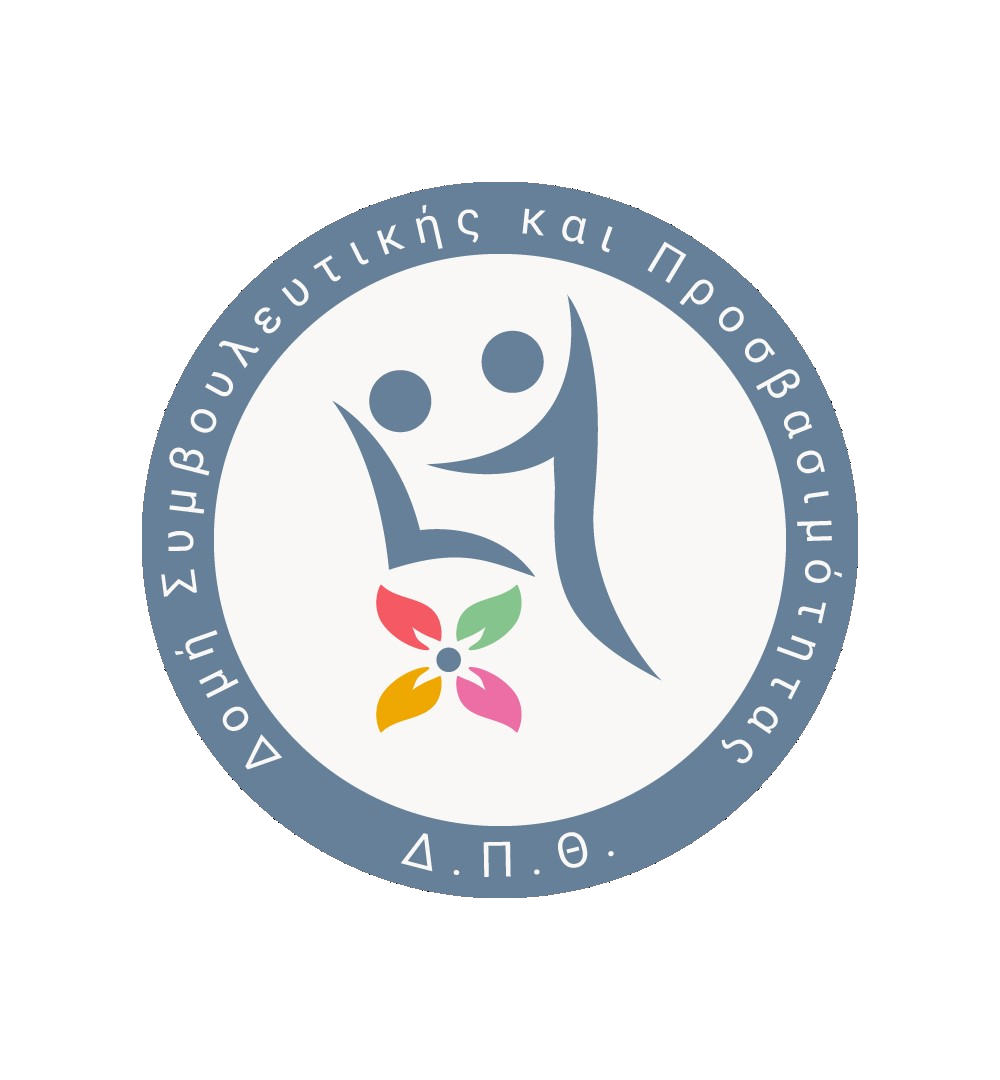Bullying is defined as the type of aggressive behavior in which one person deliberately and repeatedly harms another with the use of physical, verbal, psychological or relational violence. It is a global phenomenon and takes place primarily in the school environment. Nonetheless, bullying does take place in various forms in other areas of human activity (family, work, social environment).
Bullying in the educational environment can occur in a variety of forms, which are either easily recognized as direct aggressive behaviors (direct forms), or are latent and more difficult to distinguish and are evident mainly through their consequences (indirect forms).
Basic preventive steps
The strategy to deal with and fight this phenomenon, especially in educational settings, should include steps that involve all individuals and groups exist in the academic community.
The basic guidelines are:
- Awareness and mobilization of all the involved groups (students, faculty, staff, community) by providing targeted scientific information on the problem.
- Improving relationships and fostering a positive climate among students, promoting collegiality, collaboration and minimizing social exclusion.
- Mediation to eliminate the phenomenon and create a clear regulatory framework and anti-bullying policies in order to create a safe educational environment for all.
- Supporting and protecting victims through clear guidelines for dealing with bullying behaviors.
- Encouraging the person to seek help and support to stop unwanted behaviors.
- Referral to psychosocial services to support the individual psychologically.


